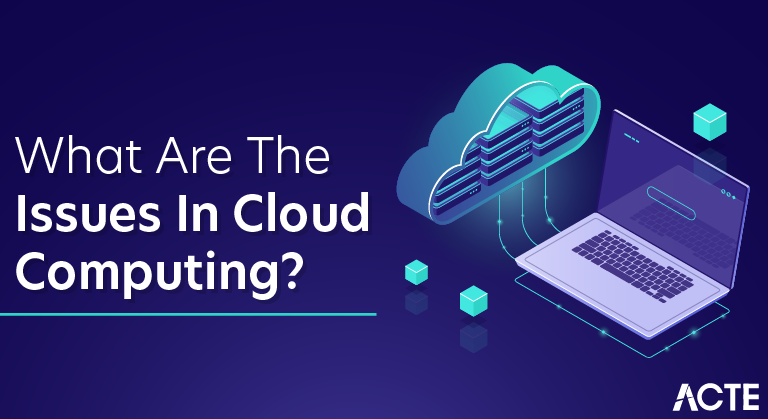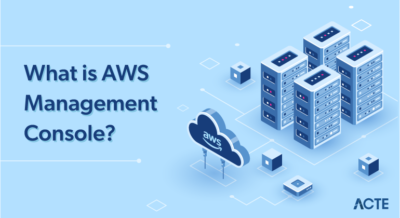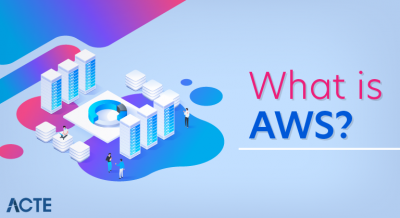
Cloud Computing is a new name for an old concept. The delivery of computing services from a remote location. Cloud Computing is Internet-based computing, where shared resources, software, and information are provided to computers and other devices on demand.
These are major issues in Cloud Computing:
1.Privacy:
The user data can be accessed by the host company with or without permission. The service provider may access the data that is on the cloud at any point in time. They could accidentally or deliberately alter or even delete information.
2.Compliance:
There are many regulations in places related to data and hosting. To comply with regulations (Federal Information Security Management Act, Health Insurance Portability and Accountability Act, etc.) users may have to adopt deployment modes that are expensive.
3.Security:
Cloud-based services involve third-party storage and security.Can one assume that a cloud-based company will protect and secure one’s data if one is using their services at a very low or for free? They may share user’s information with others.Security presents a real threat to the cloud.
4.Sustainability:
This issue refers to minimizing the effect of cloud computing on the environment. Citing the server’s effects on the environmental effects of cloud computing, in areas where climate favors natural cooling and renewable electricity is readily available, the countries with favorable conditions, such as Finland, Sweden, and Switzerland are trying to attract cloud computing data centers. But other than nature’s favors, would these countries have enough technical infrastructure to sustain the high-end clouds?
5.Abuse:
While providing cloud services, it should be ascertained that the client is not purchasing the services of cloud computing for nefarious purposes. In 2009, a banking Trojan illegally used the popular Amazon service as a command and control channel that issued software updates and malicious instruction to PCs that were infected by the malware
6.Real time monitoring requirements
In some agencies, it is required to monitor their system in real time. It is compulsory term for their business that they continuously monitor and maintain their inventory system. Banks and some government agencies need to update their system in real time but cloud service providers are unable to match this requirement. This is really a big challenge for cloud services providers.

7.Reliability on new technology
It is a fact of human nature that we trust on the things present in front of our eyes. Normally entrepreneurs feel hesitation in letting out the organisational information to any unknown service provider. They think that information stored in their office premises is more secure and easily accessible. By using cloud computing they have fear of losing control over the data. They think that data is taken from them and handover to an unknown third party. Security threads are increase as they do not know and where is the information stored and processed. These frights of the unknown service providers must very amicably be dealt with and eliminated form their minds.
8.Dependency on service providers
For uninterrupted services and proper working it is necessary that you acquire a vendor services with proper infrastructural and technical expertise. An authorized vendor who can meet the security standards set by your company’s internal policies and government agencies. While selecting the service provider you must carefully read the service level agreement and understand their policies and terms and provision of compensation in case of any outage or lock in clauses.
9.Cultural obstacles
High authority of the company and organisational culture has also become a big obstacle in the proper implementation of the cloud computing. Top authority never wants to store the important data of the company somewhere else where they are not able to control and access the data. They have misconceptions in their minds that cloud computing puts the organisation at the risk by seeping out important details. Their mindset is such that the organization on risk averse footing, which makes it more reluctant to migrate to a cloud solution.
10.Cost barrier
For efficient working of cloud computing you have to bear the high charges of the bandwidth. Business can cut down the cost on hardware but they have to spend a huge amount on the bandwidth. For smaller application cost is not a big issue but for large and complex applications it is a major concern. For transferring complex and intensive data over the network it is very necessary that you have sufficient bandwidth. This is a major obstacle in front of small organisations, which restrict them for implementing cloud technology in their business.
11.Lack of knowledge and expertise
Every organisation does not have sufficient knowledge about the implementation of the cloud solutions. They have not expertise staff and tools for the proper use of cloud technology. Delivering the information and selection the right cloud is quite difficult without right direction. Teaching your staff about the process and tools of the cloud computing is a very big challenge in itself. Requiring an organisation to shift their business to cloud based technology without having any proper knowledge is like asking for disaster. They would never use this technology for their business functions.
12.Consumption basis services charges
Cloud computing services are on-demand services so it is difficult to define specific cost for a particular quantity of services. These types of fluctuations and price differences make the implementation of cloud computing very difficult and complicated. It is not easy for a normal business owner to study consistent demand and fluctuations with the seasons and various events. So it is hard to budget for a service that could consume several months of budget in a few days of heavy use.
13.Alleviate the threats risk
It is very complicated to certify that the cloud service provider meet the standards for security and threat risk. Every organisation may not have enough mechanism to mitigate these types of threats. Organisations should observe and examine the threats very seriously. There are mainly two types of threat such as internal threats, within the organisations and external threats from the professional hackers who seek out the important information of your business. These threats and security risks put a check on implementing cloud solutions.
14.Unauthorised service providers
Cloud computing is a new concept for most of the business organisations. A normal businessman is not able to verify the genuineness of the service provider agency. It’s very difficult for them to check the whether the vendors meet the security standards or not. They have not an ICT consultant to evaluate the vendors against the worldwide criteria. It is necessary to verify that the vendor must be operating this business for a sufficient time without having any negative record in past. Vendor continuing business without any data loss complaint and have a number of satisfied clients. Market reputation of the vendor should be unblemished.
15.Hacking of brand
Cloud computing carries some major risk factors like hacking. Some professional hackers are able to hack the application by breaking the efficient firewalls and steal the sensitive information of the organisations. A cloud provider hosts numerous clients; each can be affected by actions taken against any one of them. When any threat came into the main server it affects all the other clients also. As in distributed denial of service attacks server requests that inundate a provider from widely distributed computers.





